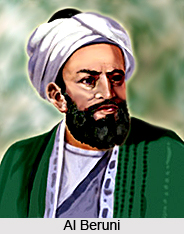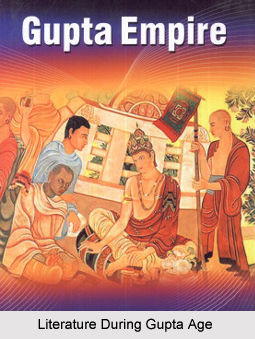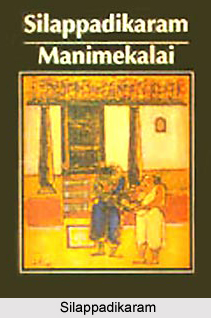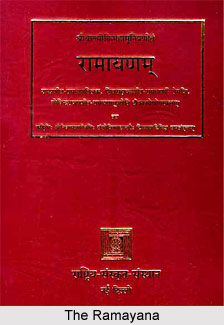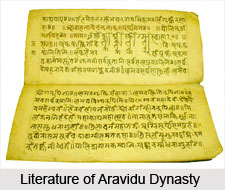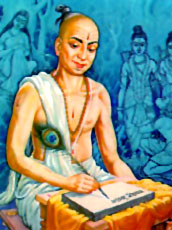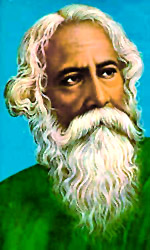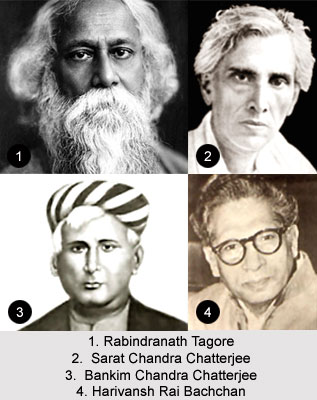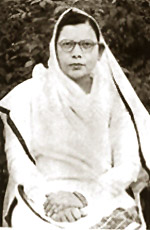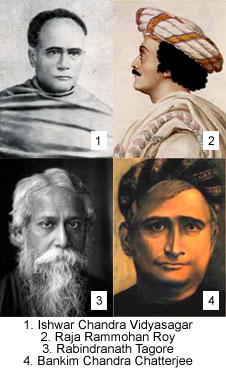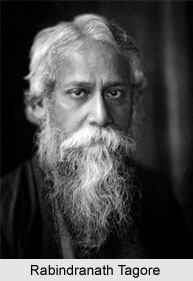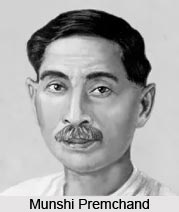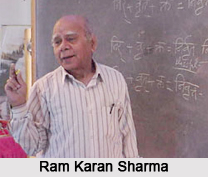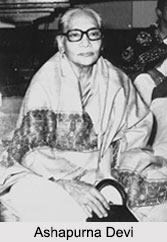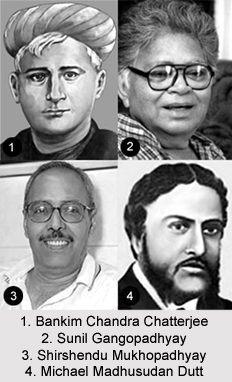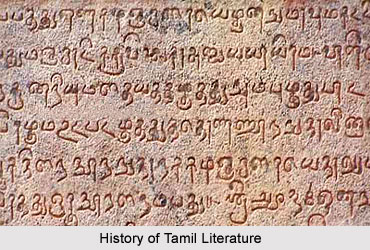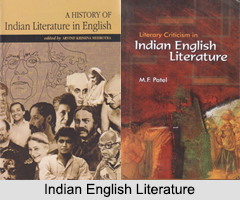K.P. Rajakopalan or K.P. Rajagopalan, popularly known by the pseudonym Ku Pa Ra, was an author, journalist and translator from the Tamil country. He has carved an enduring niche for himself in the genre of short stories in Tamil literature. The short stories of K.P. Rajakopalan depict the happiness and sadness of family life including the entire extent of human feelings and emotions. Most of his stories represent the serene atmosphere of the villages prevalent in the Tamil country, along with the delight and depression of the ordinary village people. K.P. Rajakopalan depicts the simple life of people in through his short stories and can be compared to a sculptor competent of creating beautiful sculptures out of normal stone.
Early Life K.P. Rajakopalan
K.P. Rajakopalan or Kumbakonam P. Rajakopalan was born in the year 1902 in Kumbakonam, Madras Presidency. He was educated in Kumbakonam and was employed with the government of Madras. But he was affected by cataract and was compelled to leave his government service. After a successful operation in 1937, his sight was restored and Rajakopalan went to Madras (Chennai) in order to start a career as a professional author. He was also appointed with a daily newspaper called Tamil Nadu along with C. S. Chellappa.
Literary Works of K.P. Rajakopalan
K.P. Rajakopalan has written a number of short stories in Tamil language that have gained much popularity amongst the readers. One of the most captivating stories composed by the Tamil author, entitled Vitiyuma, narrates the severe sadness of a lady and the various hopes that grow in her heart through her journey. After receiving a telegram from the central hospital about the serious condition of her husband, she travels through out the night by train and wishes to reach her husband in time. As the night ends and daylight dawns, her personal life becomes engulfed in darkness. From the beginning to the end the tale is described in gripping manner.
Through short stories, K.P. Rajakopalan or Kumbakonam P. Rajagopalan describes the mental state, attitude and actions of the various characters with sophistication which is appropriate to the cultural traditions of the people. Another short story written by him called Tirai portrays the delight of a widow when her young sister is happily married. This short story is a good instance of succinctness, lucidity and profundity of portraying emotions and feelings.
Most of the Tamil short stories written by K.P. Rajakopalan are popular and admired for their choice of diction and their competence to utilize emotions and move the hearts of readers.

